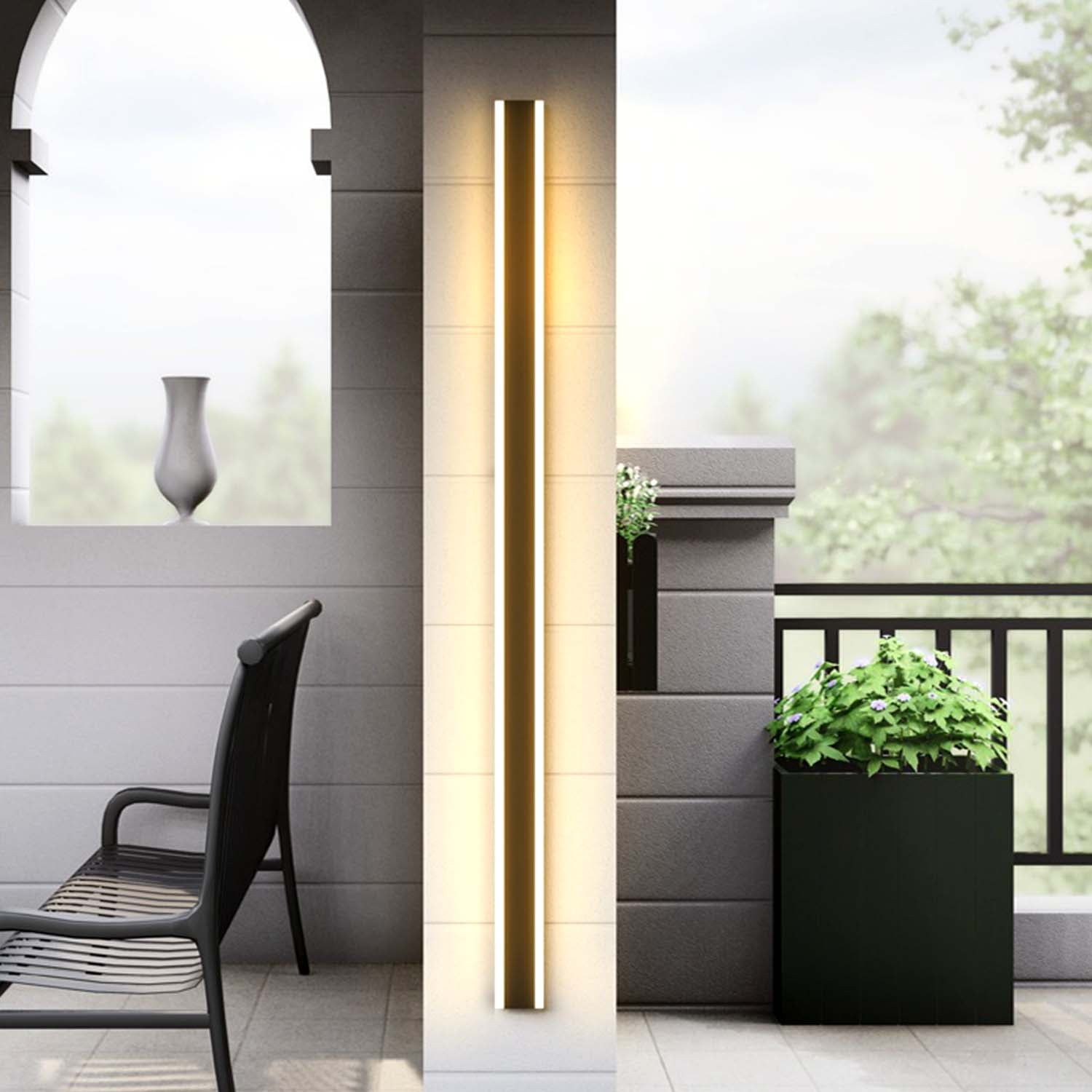Unlocking the Secrets of Light Emitting Diode Wall Panel Power Usage for Enhanced Power Efficiency
Wiki Article
Light Emitting Diode wall panels have become a increasingly popular choice for both commercial and residential settings due to their energy conservation and dynamic visual capabilities. Understanding the power consumption of these panels is essential for maximizing their benefits. Power consumption refers to the amount of electrical energy that a device uses while it is operating. By becoming familiar with how LED wall panels consume power, users can make informed decisions that lead to lower energy costs and a reduced ecological footprint.

A of the key elements affecting the power usage of LED wall panels is their illumination intensity, measured in lumens. Higher illuminance intensities typically require additional power. However, LED technology is known for its effectiveness, often providing greater brightness with lower energy use compared to conventional illumination options. Additionally, many LED panels feature with modifiable brightness levels, allowing users to customize their display based on the surroundings and the surrounding light available. This feature not only helps in preserving the visual standard of the screen but also adds to energy savings.
Another important aspect to evaluate is the dimensions of the LED wall panel. Bigger panels typically consume more power, but this does not always correlate with effectiveness. The configuration and technology used in manufacturing the panel can significantly influence its power consumption. check over here For example, panels that employ cutting-edge circuitry and high-quality materials may consume less power while still delivering superior output. Consequently, when choosing an LED wall panel, it is crucial to assess its features and power classifications to confirm it satisfies both performance and efficiency standards.
The operating time of LED wall panels also plays a significant part in their total power usage. Continued The more extended a panel is in operation, the greater power it will use. It is advantageous to implement practices such as scheduling usage times or using timers to control when the panels are on. This not just helps in minimizing power usage but also lengthens the durability of the LED panels. Additionally, incorporating intelligent technology can provide users with real-time monitoring of energy usage, making it easier to identify potential savings.
Finally, the choice of LED wall panels can impact energy efficiency on a larger scale. When selecting a panel, it is advisable to look for products that are Energy Star certified or have similar energy-efficient ratings. Such certifications indicate that the product meets particular standards for energy consumption and performance. By choosing energy-efficient LED wall panels, businesses and homeowners can contribute to a more eco-friendly future while benefiting from the benefits of superior screens. Comprehending energy usage, luminosity intensities, dimensions, usage time, and energy ratings will empower users to make better choices for their illumination requirements.